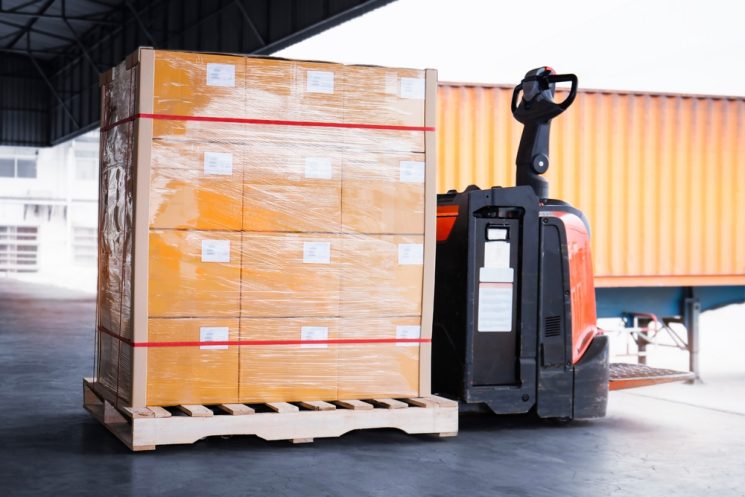Minimizing product damage during transit is crucial for maintaining a healthy bottom line. Every instance of damaged goods not only incurs direct financial losses but can also tarnish a company’s reputation. In this post, we’ll explore effective strategies for reducing product damage in transit, ensuring your products reach their destination in pristine condition and positively impacting your overall profitability.
The High Cost of Product Damage
Product damage during transportation is a pervasive issue that affects businesses across industries. Whether it’s due to mishandling, inadequate packaging, or unpredictable external factors, the financial repercussions can be significant. Beyond the immediate cost of replacing damaged goods, there are additional expenses such as customer refunds, potential legal ramifications, and the intangible damage to brand reputation.
Packaging as a Defence Mechanism
One of the primary lines of defence against product damage is robust and thoughtful packaging. Investing in high-quality materials that provide adequate protection for the specific nature of your products is a fundamental step. Manufacturers should conduct thorough assessments of their product types and design packaging solutions that safeguard against common transit hazards.
For instance, fragile or sensitive items may require custom packaging with added cushioning materials to absorb shocks and vibrations. Understanding the intricacies of your product line enables you to tailor packaging solutions that not only protect the goods but also optimize space and minimize excess weight, potentially reducing shipping costs.
The Impact of Proper Handling Protocols
In many cases, product damage results from improper handling during various stages of transportation. Educating and training staff involved in the shipping process is paramount. Implementing clear handling protocols, including guidelines for loading and unloading, can significantly reduce the risk of damage.
Utilizing specialized equipment, such as forklifts or conveyor systems designed for delicate items, adds an extra layer of protection. Furthermore, employing tracking technologies like RFID or GPS can help monitor the movement of goods in real-time, allowing for immediate intervention in case of deviations from the established handling procedures.
Choosing the Right Transport Strategies
The choice of transportation mode plays a pivotal role in determining the safety of your products in transit. For example, if your goods are particularly sensitive to temperature variations, opting for climate-controlled transport can prevent spoilage or damage. Understanding the unique requirements of your products and aligning them with suitable transportation options can go a long way in minimizing risk.
Collaborating closely with logistics partners to communicate specific handling instructions and expectations is equally crucial. This ensures that everyone involved in the transportation process is well-informed and committed to maintaining the integrity of the products throughout the journey.
The Case for Dolav Pallets
If dolav pallets are not a staple form of packing and storing in your distribution site, then they should be. Dolav pallets, known for their durability and versatility, offer a robust solution for reducing product damage. These pallets are constructed from high-quality materials that withstand the rigors of transportation and storage.
Their ergonomic design and customizable features make them suitable for various types of products, from fragile items to bulk goods. Dolav pallets provide an efficient and space-saving way to organize and transport goods securely, minimizing the risk of damage associated with traditional pallets.
Reducing product damage in transit requires a holistic approach that encompasses packaging, handling protocols, transportation strategies, and innovative solutions like dolav pallets. By investing in these areas, manufacturers can not only protect their products but also enhance their bottom line by minimizing financial losses associated with damaged goods. As the business landscape continues to evolve, prioritizing the integrity of products during transit is a strategic move that pays dividends in the long run.





